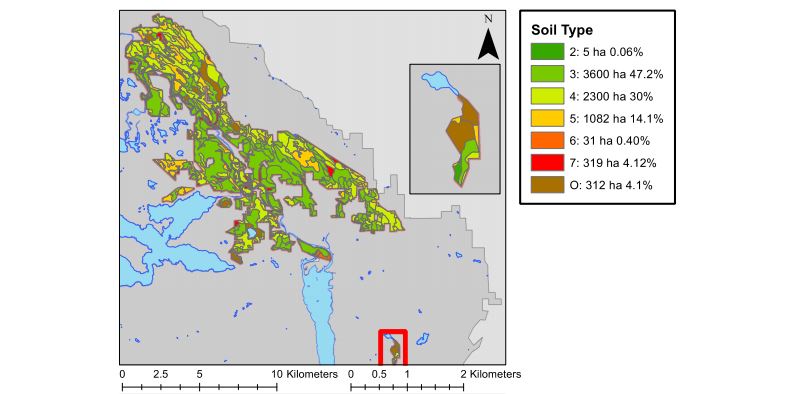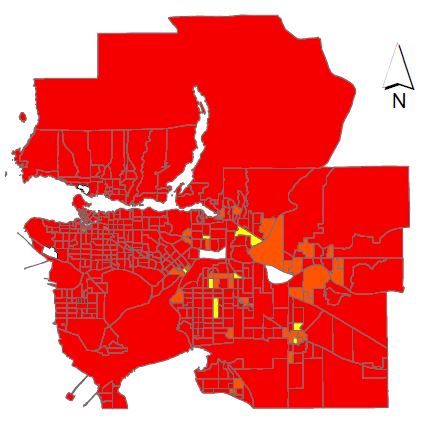472 – Interactive Map Deconstruction – The Financial Inclusion Map
The Financial Inclusion Map: https://www.theguardian.com/global-development-professionals-network/ng-interactive/2015/nov/19/who-saves-the-least-money-financial-exclusion-around-the-world-interactive-borrowing-savings-finance This map was created by an interactive studio/company based in the UK called Kiln (https://www.kiln.digital/) to be published on the website of The Guardian newspaper. The studio has made many interesting and varied data visualisations that can be viewed on their website such as the carbon map (http://www.carbonmap.org/) and the digital divide (http://scidev.live.kiln.digital/digitaldivide/). The author of the map and the data source are listed clearly at the bottom of the map with links to these pages. The data to create the map was sourced from…read more






